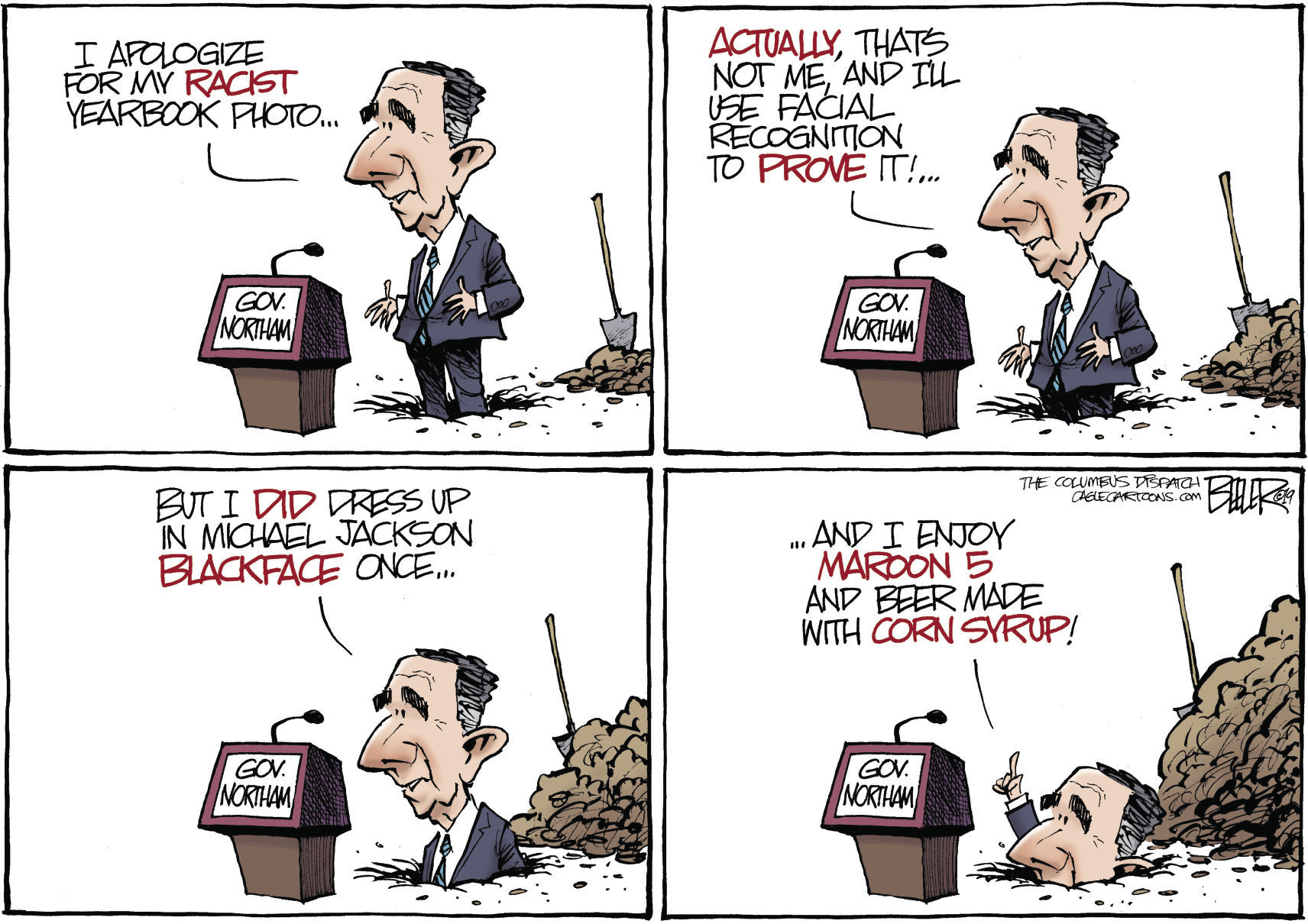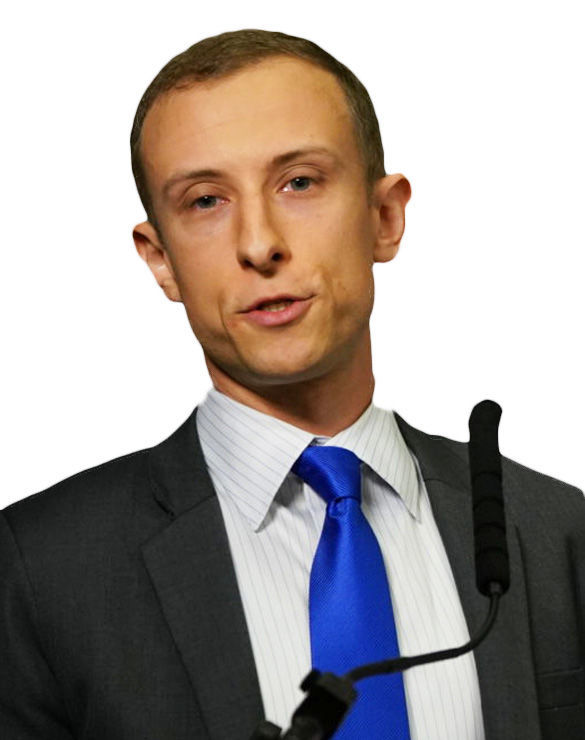


During the 35-day government shutdown, the country looked on as American leaders repeatedly rolled the dice with both lives and property on the line. Each time, total disaster was narrowly avoided and Americans breathed a sigh of relief. That respite may be short-lived, however, with more fiscal challenges closing in.
Policymakers now have only days to avoid yet another partial shutdown. And even if Congress and the president hammer out a long-overdue budget deal in the next two weeks, another fiscal fight—with even higher stakes—is on the horizon.
In just under a month, on March 2, the debt limit will be reinstated from its temporary suspension, and if past is prologue, the Treasury secretary will implement so-called “extraordinary measures” to avoid defaulting on the federal governmentĂŰčÖĘÓƵ obligations. At the Bipartisan Policy Center, we project that those measures will last through at least midsummer. Once they run out, the table is set once again for the high-stakes game that characterized the shutdown, this time with global financial implications.
Last month, we saw the heavy toll a shutdown can take, and the fallout for the U.S. economy from not dealing with the debt ceiling would likely be much higher. Given those risks, you would expect that funding the government and extending the borrowing limit would not be controversial votes. Unfortunately, given recent history, policymakers have been all too willing to take the gamble.
This looks familiar …
In 2011, fresh off a wave election, a resurgent House of Representatives was eager to take on a president of the opposite party. Sound familiar? Intent on reducing federal spending, House Republicans refused to raise the debt limit without concessions from President Obama.
With both sides dug in, the federal government came within days of defaulting on its obligations. Fortunately, a deal was finally struck with the Budget Control Act of 2011, narrowly avoiding the potential for a financial crisis. But the budget battles were just beginning.
There were reprisals of these dangerous fiscal games with the so-called “fiscal cliff” at the end of 2012, debt limit standoffs in 2013 and 2015, and federal shutdowns in 2013 and 2018. More are on the way, and if the status quo holds, this yearĂŰčÖĘÓƵ clashes won’t be the last.
Even as they avoided catastrophe, each of these events came with costs. The Congressional Budget Office projects that this yearĂŰčÖĘÓƵ partial government shutdown cost the economy $3 billion it will never get back.
The Government Accountability Office and researchers at the Federal Reserve found that even getting close to a federal default on obligations rattles financial markets and costs taxpayers many millions of dollars in additional borrowing costs.
Deweaponizing the debt limit
The best fiscal game is the one not played. Negative impacts from the recent shutdown have rightly spurred discussions in Congress on how to avoid shutdowns in the future.
The Bipartisan Policy Center has a long track record of proposed solutions for our broken budget process. This is an opportune moment to revive the work of the Joint Select Committee on Budget and Appropriations Process Reform, which, despite a valiant effort, was unable to pass consensus recommendations. It is now painfully clear to the American public why such reforms are so necessary. Missing from this conversation, however, is how to avoid an even riskier debt limit standoff.
The House got a head start by implementing a modified version of the Gephardt Rule at the beginning of this Congress’ session, which would automatically suspend the debt limit when the House passes a budget resolution. But without the Senate and the president on board, the Gephardt Rule alone cannot succeed.
Bipartisan reform is possible. As we outlined last year and will continue to detail in the coming months, a successful agreement could deweaponize the debt limit while simultaneously giving space for the important conversations about the federal governmentĂŰčÖĘÓƵ unsustainable long-term budget path. For the sake of both sensibility and political viability, policymakers will have to deal with these issues together.
Neither the livelihood of federal workers, nor the fate of the global economy, should be bargaining chips in a political game. There are ways to take both shutdowns and debt limit catastrophes off the table, if our leaders are willing to make it happen. In the meantime, hereĂŰčÖĘÓƵ hoping they don’t roll snake eyes.


FoxconnĂŰčÖĘÓƵ confusing explanations for what it plans to build in Racine County haven’t changed this reassuring fact:
Wisconsin didn’t pay a dime to the Taiwanese company last year for jobs the technology manufacturer has pledged to create.
ThatĂŰčÖĘÓƵ reassuring because it shows the contract former Gov. Scott Walker signed with the company requires Foxconn to hire people and build things in Wisconsin before it can benefit from generous state subsidies.
Foxconn reported hiring 178 full-time employees in Wisconsin at the end of the year, which was 82 short of the minimum to claim state payouts. It can still collect millions in state assistance in the coming year—and billions over time—if hiring and construction pick up. But the contract appears to guard state taxpayers from being gouged if FoxconnĂŰčÖĘÓƵ plans fall apart.
Originally, Foxconn pledged to build flat screens for large televisions and other applications. Then it changed its tune, saying it would build smaller screens. Then last week, Louis Woo, a top Foxconn official, told Reuters the company was rethinking its project in Mount Pleasant, about 100 miles southeast of Madison in Racine County. The company might not build display screens here after all, Woo said, and a research hub was now possible.
Then on Friday, Foxconn went back to saying it would build small screens, with President Donald Trump claiming he had restored the deal. In reality, it wasn’t Trump or Walker that ultimately brought Foxconn here. It was more than $4 billion in state and local tax subsidies—an enormous sum that, coupled with other public assistance for manufacturers in Wisconsin, was far more than any other state was offering the company.
Foxconn has dropped plans for projects in other communities in the past, and Trump is a chronic exaggerator. So Wisconsin will have to wait and see what finally rises on the farm fields of Racine County.
But state leaders and taxpayers shouldn’t fret just yet over the ongoing twists and turns in this story. Foxconn is in the global technology business, after all, which can change fast. So the state should grant the company some flexibility. Foxconn still appears positioned to spur technology and growth here. And if the project moves slower and turns out to be smaller than touted, that also reduces the risk and cost to taxpayers.
After WooĂŰčÖĘÓƵ abrupt comments last week, top Republican lawmakers in Wisconsin quickly pointed fingers at the new Democratic governor for supposedly ruining their Foxconn splurge. Gov. Tony Evers, in contrast, reacted calmly after speaking with Woo by phone. Evers said heĂŰčÖĘÓƵ comfortable Foxconn is committed to the state, though he wants more transparency and better communication from the company. ThatĂŰčÖĘÓƵ a reasonable request. He also should push Foxconn for better pollution control if a large plant is built.
Foxconn originally pledged to create up to 13,000 jobs, and it repeated that number Friday. Less clear is if it still plans to invest $10 billion here.
Wisconsin should hope for the best, yet demand strict verification of jobs and construction before writing Foxconn any checks.
Whether the Mueller Report offers bad news for President Trump or not, history will not look kindly on our 45th president.
There are two words that will follow President Trump in the discussions of American history for the next 50 years. One will be "Russia," and the other word will be "lying." Authors, journalists, teachers, social media, hard news media and historians will use these two words to describe the Trump years. Your kids, my kids, our grandchildren and our grandchildrenĂŰčÖĘÓƵ children will be exposed to these two words throughout their lifetime.
Will any of us learn from the history behind these two words? Some will say no; some will say yes. I am an optimist, and I believe that our culture will come out of the Trump years with a more charged enthusiasm for our democracy and our American way of life. I think we will learn the hard way that democracy does not come easy, and we have to work at it. Democracy and marriage are very similar that way.
There are consequences for our electoral decisions, and we have to accept and live with them. I would love to be around when my ancestors think, talk about and enjoy our present day history.
PAUL KRISTOFFERSEN
Fontana








